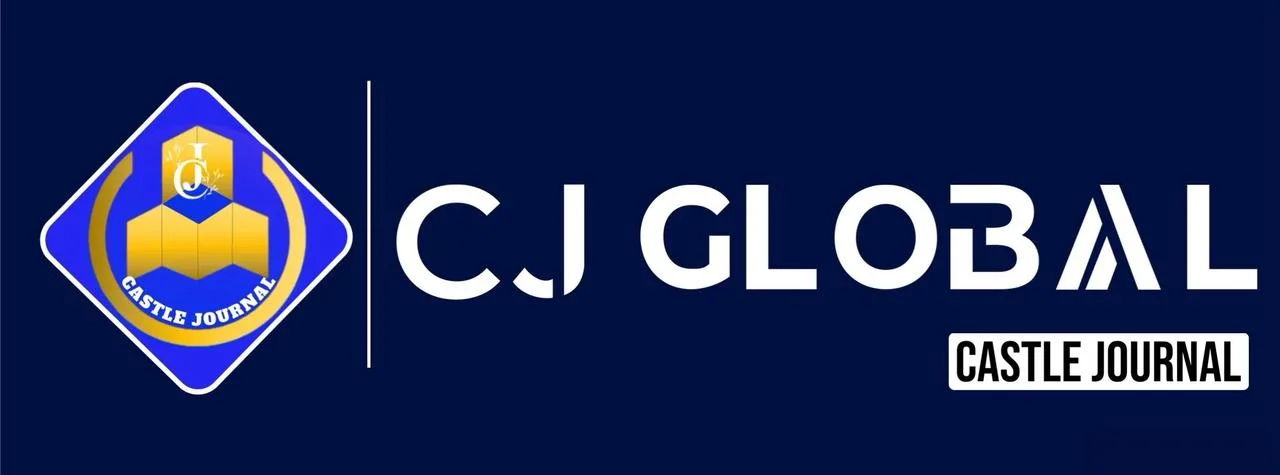The Pentagon’s AI metals program, originally launched by the U.S. Department of Defense in late 2023, has officially transitioned into private hands. The initiative, known as the Open Price Exploration for National Security (OPEN) AI metals program, aims to predict the supply and pricing of critical minerals, helping manufacturers and miners secure Western supply deals while countering China’s dominance in the sector.

Strategic Shift to Private Management
The program has been transferred to the Critical Minerals Forum (CMF), a non-profit organization that assists miners and manufacturers in negotiating supply agreements. The CMF now oversees the AI model, which is designed to calculate fair market prices for metals by factoring in labor, processing costs, and external market influences, excluding Chinese market manipulation.
More than 30 mining companies, manufacturers, and investors have joined the CMF, including Volkswagen, copper miner South32, rare earths producer MP Materials, and defense contractor RTX. The organization held its first meeting with members in November, marking a significant step toward reshaping the global critical minerals trade.

Countering China’s Control Over Critical Minerals
China has long maintained a dominant position in the global supply of rare earth elements, lithium, cobalt, and other essential minerals used in electronics, defense systems, and renewable energy technologies. Beijing’s export restrictions on these materials have raised concerns about supply chain vulnerabilities, prompting the U.S. to seek alternative sources.
The CMF’s AI model is expected to help Western manufacturers reduce reliance on Chinese suppliers by forecasting future mineral availability and facilitating long-term contracts with U.S. and allied mining operations. Nevada officials have already expressed interest in working with the CMF to attract copper smelting operations, addressing the U.S. copper supply gap.
Challenges and Industry Skepticism
Despite its ambitious goals, the program faces skepticism regarding its ability to transform traditional metal trading practices. Experts note that while the AI model can provide price transparency, it assumes that buyers will be willing to pay above market rates for guaranteed supply. This approach could be difficult to implement in volatile commodity markets.
Additionally, the program is less focused on heavily traded metals like aluminum and more on lightly traded minerals that are susceptible to market manipulation. For example, the AI model could help manufacturers predict nickel supplies in 2028 if the U.S. imposes tariffs on Indonesian nickel exports, allowing companies to plan investments in domestic mining projects.

Future Outlook
The privatization of the Pentagon’s AI metals program marks one of the boldest efforts to reshape the global critical minerals market. As the CMF expands its influence, its AI-driven approach could play a pivotal role in securing stable mineral supplies for Western industries while reducing dependence on China.
With growing geopolitical tensions and increasing demand for critical minerals, the success of this initiative could have far-reaching implications for the energy, defense, and technology sectors in the years ahead.
